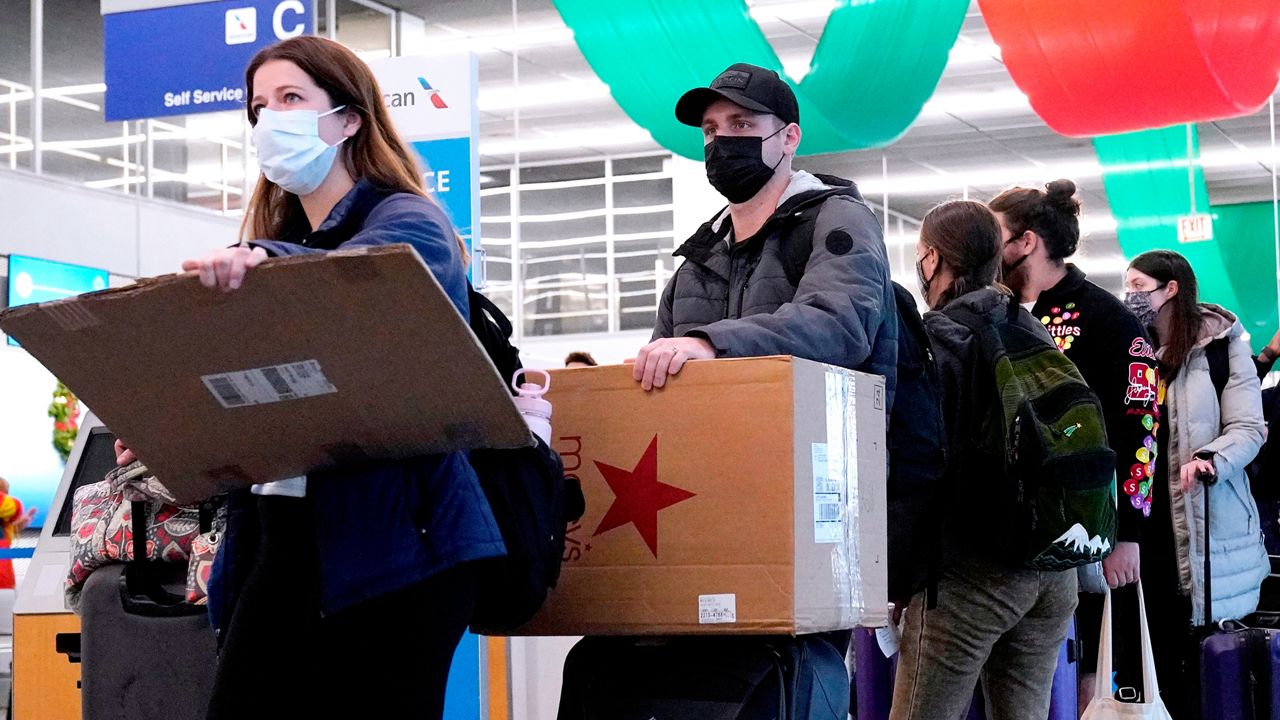The Centers for Disease Control and Prevention is developing guidance that will ease the nationwide mask mandate on airplanes, buses and other mass transit next month, according to a U.S. official, but the existing face covering requirement will be extended through April 18.
The news was first reported by Reuters.
The requirement, which is enforced by the Transportation Security Administration, had been set to expire on March 18, but was extended by a month to allow the public health agency time to develop new, more targeted policies. The requirement extends to planes, buses, trains and transit hubs.
According to the official, the CDC is developing a “revised policy framework” for when masks should be required on transit systems based off its newly released “COVID-19 community levels” metric. The policy is set to be reviewed over the next month, the official said.
"During that time, CDC will work with government agencies to help inform a revised policy framework for when, and under what circumstances, masks should be required in the public transportation corridor," the official said. "This revised framework will be based on the COVID-19 community levels, risk of new variants, national data, and the latest science. We will communicate any updates publicly if and/or when they change."
As of March 3 more than 90% of the U.S. population is in a location with low or medium COVID-19 Community Levels, where public face-masking is no longer recommended in indoor settings.
“We have to look not only at the science with regard to transmission in masks but also the epidemiology and the frequency that we may encounter a variant of concern or a variant of interest in our travel corridors,” CDC director Dr. Rochelle Walensky said on March 2, explaining why the agency was delaying removing the requirement for transit but allowed people to gather maskless in movie theaters and sports arenas.
The Biden administration last month significantly loosened mask-wearing guidelines to protect against COVID-19 transmission in local communities, meaning most Americans are no longer advised to wear masks in indoor public settings. The CDC last month announced a change to the metrics it uses to determine whether to recommend face coverings, shifting from looking at COVID-19 case counts to a more holistic view of risk from the coronavirus to a community. Under previous guidelines, masks were recommended for people residing in communities of substantial or high transmission.
Since then, a number of cities and states have removed their indoor mask requirements, including New York and California. Hawaii earlier this week announced it was letting its mask mandate expire, becoming the 50th and final state to do so.




